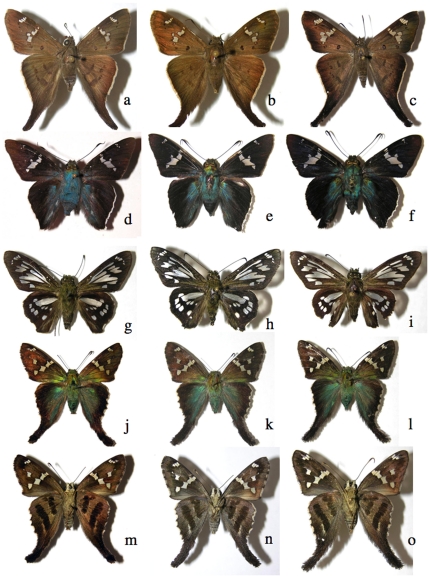Figure 9. Examples of close triplets of barcode clusters in which there are or may be two or three species (Figure S1).
a) Polythrix asineDHJ01, 00-SRNP-6494, b) Polythrix asineDHJ02, 00-SRNP-6495, c) Polythrix asineDHJ04, 04-SRNP-48896 (no genitalia differences between DHJ01 and DHJ02, strong genitalia differences with DHJ04); d) Ridens mephitisDHJ02, 03-SRNP-3595, e) Ridens mephitisDHJ03, 06-SRNP-36844, f) Ridens mephitisDHJ04, 06-SRNP-59545 (no genitalia differences, clear microgeographic differences among all three); g) Phanus vitreusDHJ01, 00-SRNP-2048, h) Phanus vitreusDHJ02, 07-SRNP-4607, i) Phanus vitreusDHJ03, 98-SRNP-4474 (no genitalia differences between DHJ01 and DHJ03, small genitalia differences between them and DHJ02); uppersides j) Urbanus belliDHJ01, 02-SRNP-2246, k) Urbanus belliDHJ02, 06-SRNP-2658, l) Urbanus belliDHJ03, 06-SRNP-43129 (no genitalia differences, but nuclear gene differences between DHJ01 and DHJ02, and DHJ03); m), n), and o) are undersides of same Urbanus specimens as in uppersides immediately above.

